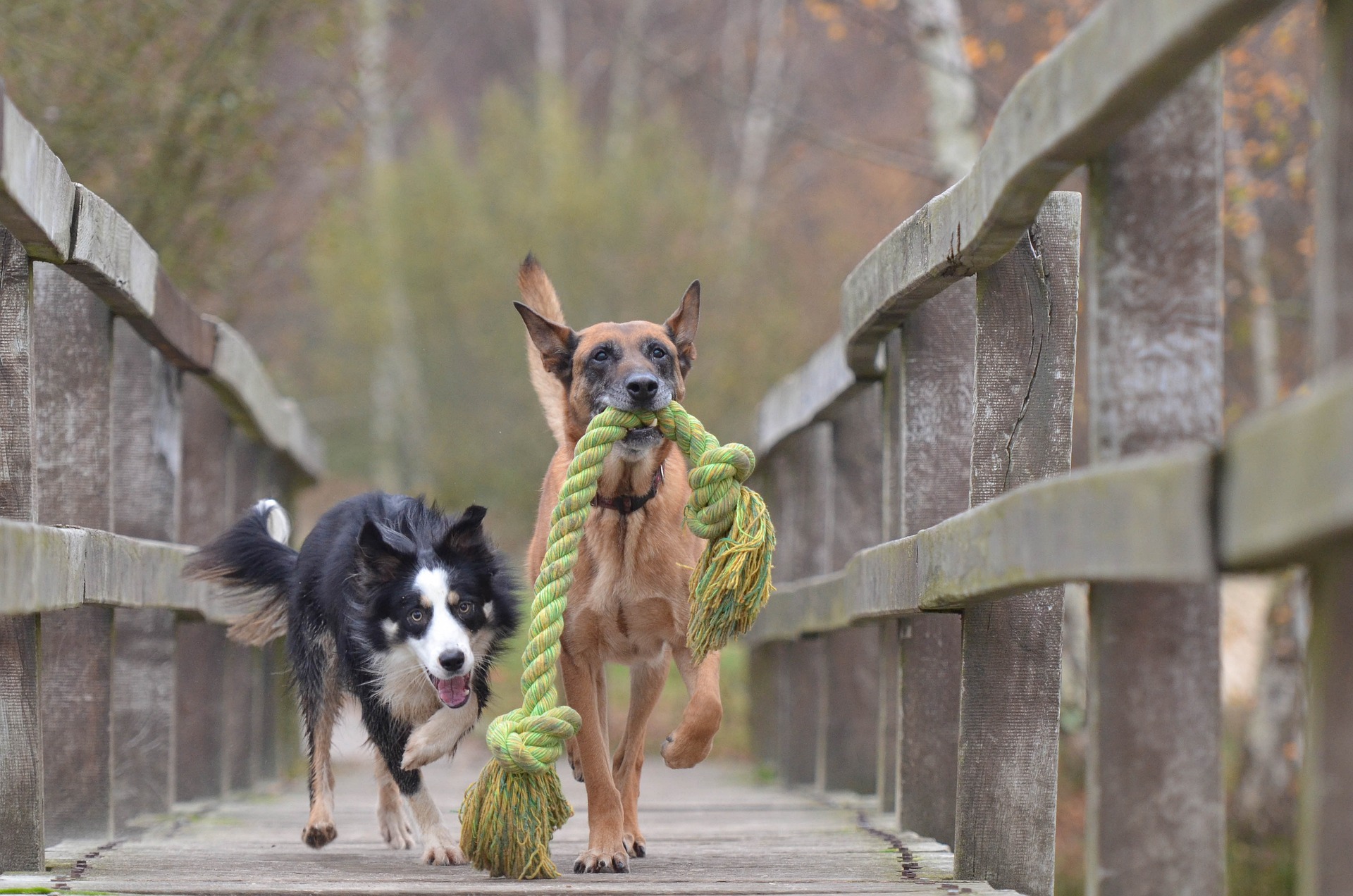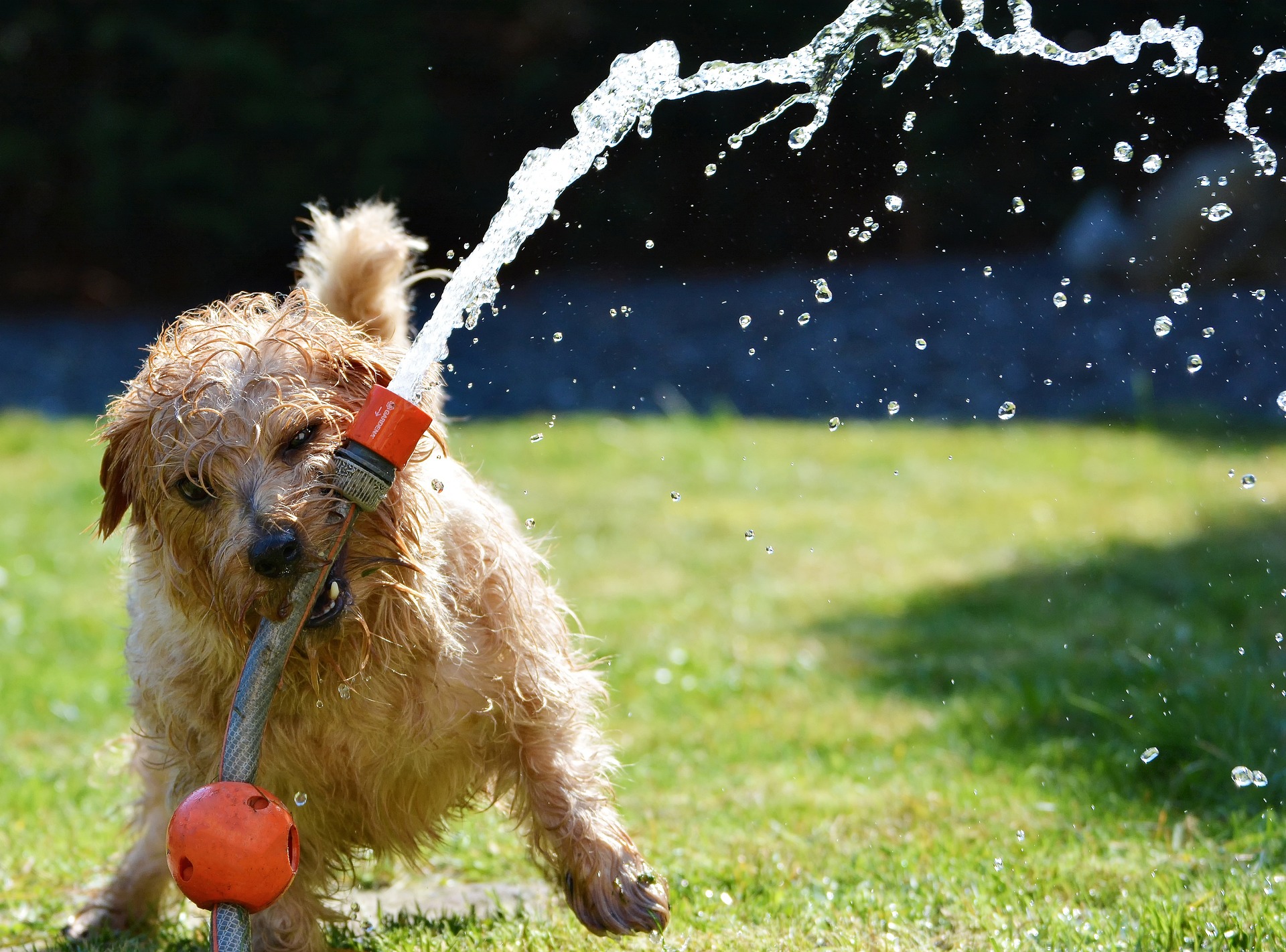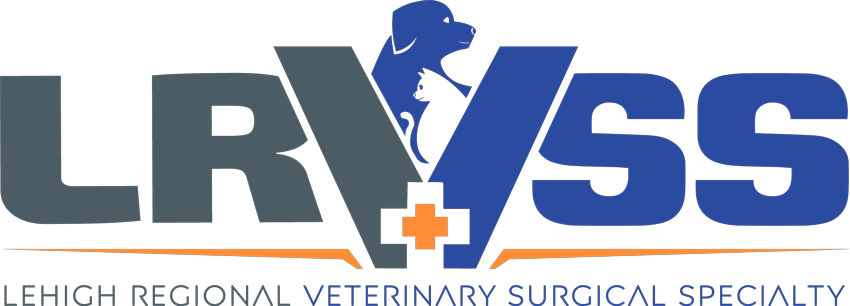
Today we answer the 5 most common questions we hear from our clients.
1. Anesthesia
This is easily the #1 concern.
If you could objectively look at the scientific evidence, you would see that the risk of a cat or a dog dying under anesthesia is well under 0.25%.
The risk is a bit less for healthy pets and a bit more for sick pets.
Regardless, we take every anesthesia very seriously.
We hire and train the best nurses.
Every pet has their own, dedicated anesthesia nurse.
We monitor patients every 5 minutes, following trends in ECG, heart rate, respiration rate, O2 levels, CO2 levels, and blood pressure.
We’re also a tiny bit obsessed with keeping pets’ temperature as normal as possible, start to finish (we use half a dozen techniques for that alone).
2. Outcome
While we would never promise we can make a sick or broken or injured pet normal, our goal is to improve their quality (and quantity) of life as much as possible.
Obviously, it’s not always possible to give another 10 years to a pet with advanced cancer.
Other conditions are an annoying bump along the road and are thankfully very fixable.
Our goal, in general, is to make patients more comfortable and functional.
Functional may mean being able to catch a ball in mid-air, jumping on the couch, sleeping at the top of a “cat tree” or jogging with their owner.

3. Quality of life
What is quality of life for a pet?
It means being able to do what they’re supposed to do.
Cats are… cats. Many do the same things. We want them to be able to eat, drink, pee, poop, play, walk, and sleep. We want them to be comfortable, happy and hopefully purring.
Dogs are a more diverse group. Some dogs are couch potatoes.
Some are only happy when they are thrown a ball or a frisbee.
Others need to be able to hike or run with their owners.
Yet others have a job to do: hunting, search and rescue, police work, army work.
So our goal is to get patients back to their busy lives and fulfill their duties as much as possible.

4. Recovery
As I always say, I have the easy part: the surgery.
Pet owners have the tough part: the recovery.
To help them be successful, we prepare our clients very carefully.
We educate them through phone conversations, email, video and face-to-face conversations.
We encourage them to ask questions until they feel they are making the best possible decision for their pet.
We make sure they know what to do and what not to do before and after surgery.
5. Pain
Another one of my sayings is that “pain is not acceptable.”
We’re a bit obsessed about pain management.
For example, around our #1 surgery, the TPLO (to address a torn ACL), we use 10 different techniques to fight pain.
For other surgeries, we use the same number or a bit fewer options.
So our patients should not be in pain.
If you think your pet is in pain, you should call us, and we can always add another medication.
I would say that 99.9% of the time, we never get a call to give more drugs.
Of course, there may be other questions depending on a pet’s condition.
We are always happy to answer questions before taking a pet to surgery.
We want clients to be reassured that they are making the right decision for their pet.
If you would like to learn how we can help your pet with safe surgery, pain management, and anesthesia, please contact us through www.LRVSS.com
Never miss a blog by subscribing here: www.LRVSS.com/blog
Phil Zeltzman, DVM, DACVS, CVJ, Fear Free Certified
